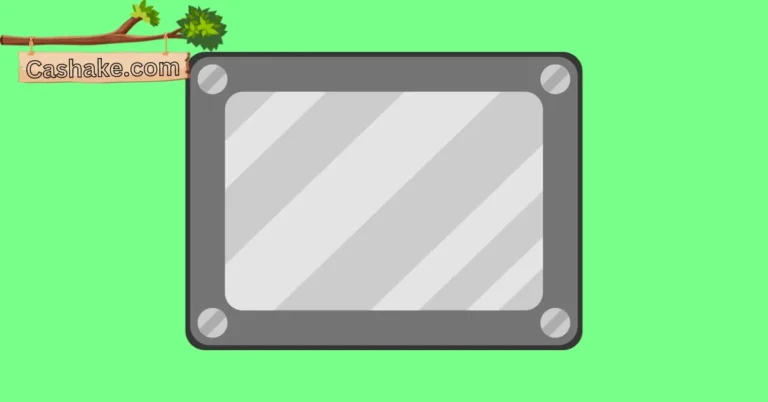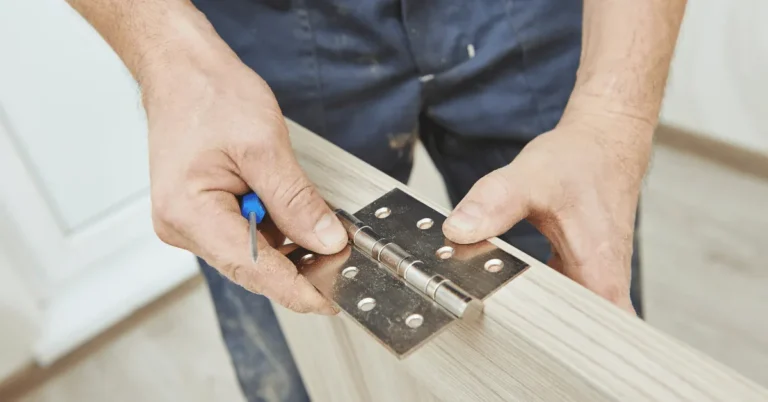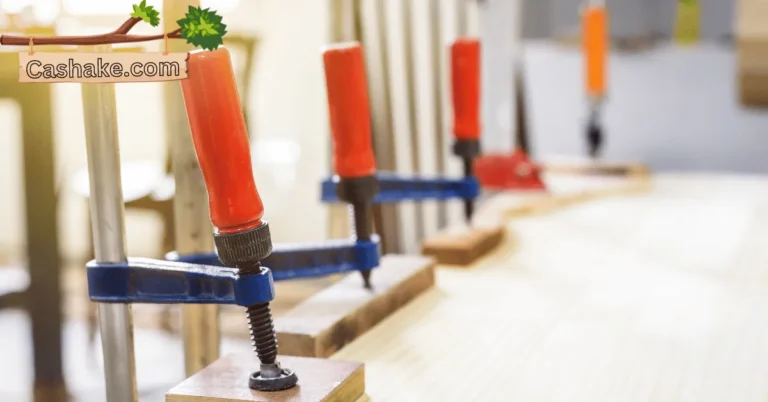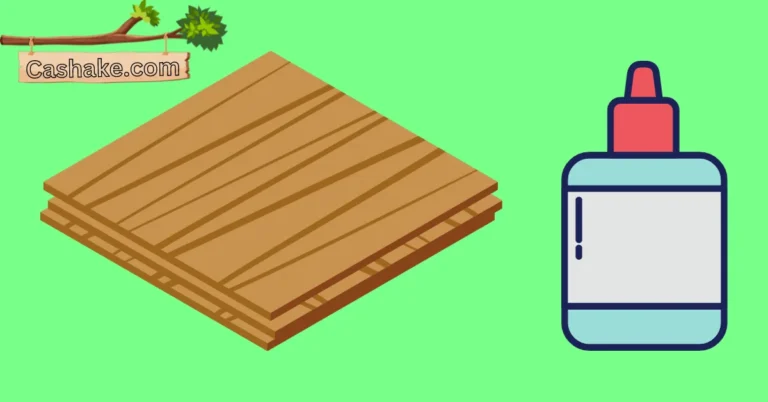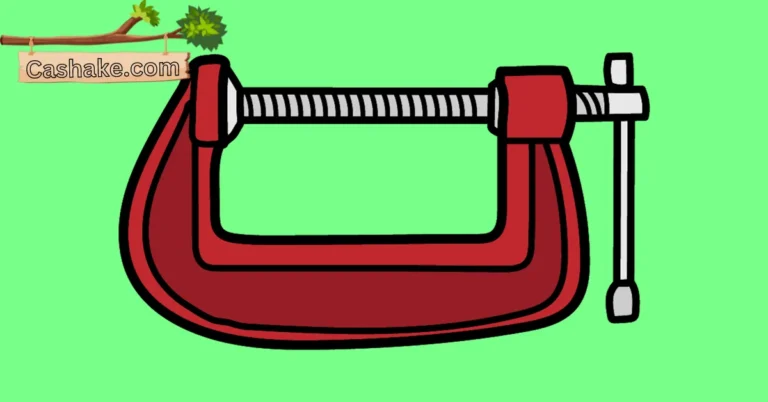If you’re just starting out in woodworking and itching to put that surface planer to work on your plywood, it’s a smart move to get clued in before you dive in. Good news – you’re on the right track by hitting up Google for answers.
Let me spill the beans on surface planers for plywood, but first, here’s a straightforward, no-nonsense answer to your burning question.
Can we use a surface plane on plywood?
Absolutely, plywood and surface planers can be a happy duo. But, to keep things smooth sailing, remember to keep that planer blade sharp and always go with the grain of the plywood. Safety first!
So now, let’s know deeply about this topic.
Key Takeaways
- You can use a surface planer on plywood with precautions like using a sharp blade and planing with the grain.
- Surface planers are ideal for achieving a smoother and more even surface on plywood.
- Planing with the grain reduces tear-out and splintering for cleaner results.
- Thickness matters: Take extra care when planing thin plywood to avoid damage.
- Properly support plywood during planing for an even surface.
- Advantages of planing plywood include a smoother surface and increased thickness control.
- Surface planers are time-efficient, especially for larger plywood sheets.
- Disadvantages include the risk of tear-out and limited suitability for very thin plywood.
- Handheld power planers and hand planes are alternatives for more precision and smaller projects.
- Safety is crucial; always wear appropriate gear and follow safety guidelines for a safe woodworking experience.
Can you run plywood through a surface planer?
Sure thing, you can totally run plywood through a surface planer for that sleek, smooth finish.
A surface planer is like your plywood’s BFF when it’s feeling a bit rough around the edges.
Here’s the scoop:
Keep that planer blade sharp – it’s the key to avoiding any plywood drama. Dull blades? Not cool. They lead to tear-out and splinters, turning your plywood into a hot mess.
Always go with the grain, not against it. Think of it like giving your plywood a spa treatment. Going against the grain just stresses it out, causing those wood fibers to act up and giving you a less-than-ideal result.
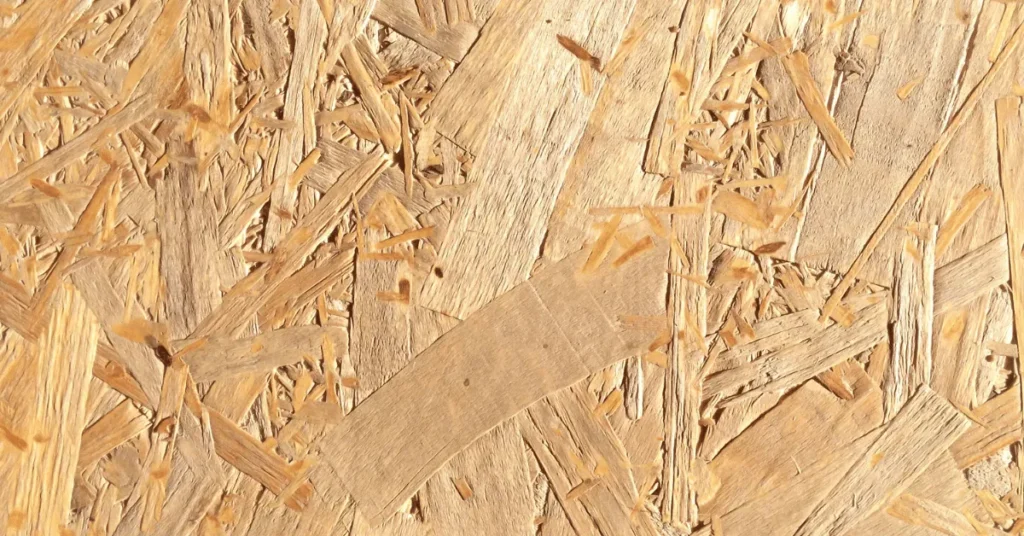
Let’s talk plywood thickness, shall we? When it comes to surface planers, they’re like the superheroes for thick plywood. But, if you’re working with the thinner stuff, tread lightly to avoid any mishaps.
And don’t forget, give that plywood some love and support during planing – it’s the secret sauce to keeping things nice and even.
Read More: Can you plane plywood edges?
What are the advantages and disadvantages of planing plywood through a surface planer?
Alright, before we dive in, let’s chat about the perks – ’cause that’s where the good stuff is.
Advantages of planing plywood through a surface planer:
Get a Smoother Surface: When you go for a spin with a surface planer on plywood, the magic happens – you get a seriously smooth and super even surface.
Those sharp blades? They work their charm, waving goodbye to imperfections and rough spots, leaving you with a seriously polished finish.
Save Time: Surface planers are like the speed demons of woodworking. They zip through plywood, shaving off material in a flash. So, whether you’re tackling big sheets or a bunch of pieces, they’ve got your back.
Call the Shots on Thickness: With surface planers, it’s like having the ultimate thickness remote. You can tweak the depth of the cut, making sure your plywood ends up just the way you want it for your DIY masterpiece.

Disadvantages of planing plywood through a surface planer:
Watch Out for Tear-Outs: When you’re in the groove with a surface planer and things aren’t sharp or you’re going against the grain, watch out for tear-outs! Those wood fibers might throw a little tantrum, leaving your surface all bumpy and rough.
Not for the Skinny Plywood: Surface planers are like the hulks of woodworking, and sometimes, thin plywood just can’t handle their power. It’s like using a sledgehammer for a thumbtack – things might get messy!
Safety First, Always: Rocking a surface planer is cool, but safety’s the name of the game. Those blades mean business, so keep your wits about you and stay out of trouble.
Smooth Sailing with Plywood and a Surface Planer: So, here’s the deal – using a surface planer on plywood gets you that silky smooth finish without breaking a sweat.
But hey, there’s a catch! Tear-outs could crash the party, especially if your blades aren’t on point, or you’re going against the grain.
Pro Tips: Keep those blades sharp, ride with the grain, and safety first! No planing adventure is complete without these rules.
If you’re dealing with thin plywood or want to be Mr. Precision, consider some cool alternatives like handheld power or hand planes. They might just be your jam.
Surface planer VS other planers
| Planer Type | Features | Applications |
|---|---|---|
| Surface Planer | – Removes material from the surface of workpieces. | – Smoothing rough and uneven surfaces of plywood. |
| – Allows depth adjustment for custom thickness. | – Achieving specific dimensions in woodworking projects. | |
| – Time-efficient for quick material removal. | – Planing thicker plywood sheets. | |
| – Suitable for larger plywood sheets and projects. | ||
| – Potential for tear-out if blades are not sharp. | ||
| – Not ideal for very thin plywood due to aggression. | ||
| – Requires safety precautions due to powerful motor. | ||
| Handheld Planer | – Portable and versatile for various woodworking tasks. | – Smoothing surfaces and chamfering edges of plywood. |
| – Allows more control and precision in planing. | – Planing thinner plywood sheets with care. | |
| – Can be used for beveling and edging plywood. | – Suitable for smaller woodworking projects. | |
| – Ideal for planing tight spaces and narrow areas. | – Removing old finishes or imperfections. | |
| – Good for making rabbets and dadoes in plywood. | – Provides flexibility in woodworking tasks. | |
| Benchtop Planer | – Stationary, powerful, and suitable for heavy-duty use. | – Planing large quantities of plywood and boards. |
| – Offers precise thickness adjustment and consistency. | – Achieving uniform thickness across multiple pieces. | |
| – Suitable for planing thicker and wider plywood. | – Preparing rough lumber for other woodworking tasks. | |
| – Efficiently flattens and smoothes large surfaces. | – Suitable for professional woodworking shops. | |
| – May require more space in the workshop. |
Surface planers are like the heavy lifters of the woodworking world. They’re all about smoothing things out and making thicker plywood behave, especially when you’re tackling big projects. Just be gentle – they can throw a tear-out tantrum, and skinny plywood isn’t their BFF.
Now, handheld planers?
They’re like the precision tools of the trade. Super nimble, they’ve got your back for all sorts of woodworking adventures, from trimming thinner plywood to squeezing into tight spots.

Meet the Big Guns – Benchtop Planers: These bad boys are like the heavyweight champs of woodworking, perfect for those big-league projects.
They’ve got that pro-level thickness control and a knack for turning plywood into perfection. Just one thing, though – they do hog some workshop real estate.
Picking the Right Planer? Easy Peasy: It’s all about matching the planer to your project size, plywood type, and how much precision you crave. Safety’s the name of the game, so don’t forget that, and you’ll be nailing your woodworking game in no time!
Big Tip For You:
Always prioritize safety when using a surface planer or any woodworking tool. Wear appropriate safety gear, such as safety glasses and hearing protection, and follow the manufacturer’s guidelines for proper tool usage.
Take the time to learn and practice the correct techniques to minimize the risk of accidents and injuries. Remember, a safe woodworking environment is crucial for a fulfilling and enjoyable experience. Happy woodworking!
What planer should you use instead of surface planer for plywood?
So, you’re not too keen on the whole surface planer thing for plywood, huh? No worries! Check out these other cool options:
Handheld Power Planer:
Check Out These Nifty Handheld Power Planers: They’re the cool cats of the woodworking scene, all about giving you mad control and precision.
What Can You Do with Them? Well, they’re all about making things smooth, giving edges a little style with chamfering, and handling that delicate job of planing thin plywood like a champ.
Perfect for: When you’ve got those small-scale projects, gotta work in tight spots, or just wanna add a little flair to your plywood edges.
Hand Plane:
Here’s the Lowdown on Hand Planes: These babies are the hands-on heroes of woodworking. You’ve got the power!
What Can You Do with Them? Well, they’re your go-to for getting that plywood sleek and smooth, especially when it’s on the thinner side.
Perfect for: When you’ve got those smaller woodworking gigs and wanna keep things in check without tearing your hair out over tear-outs.
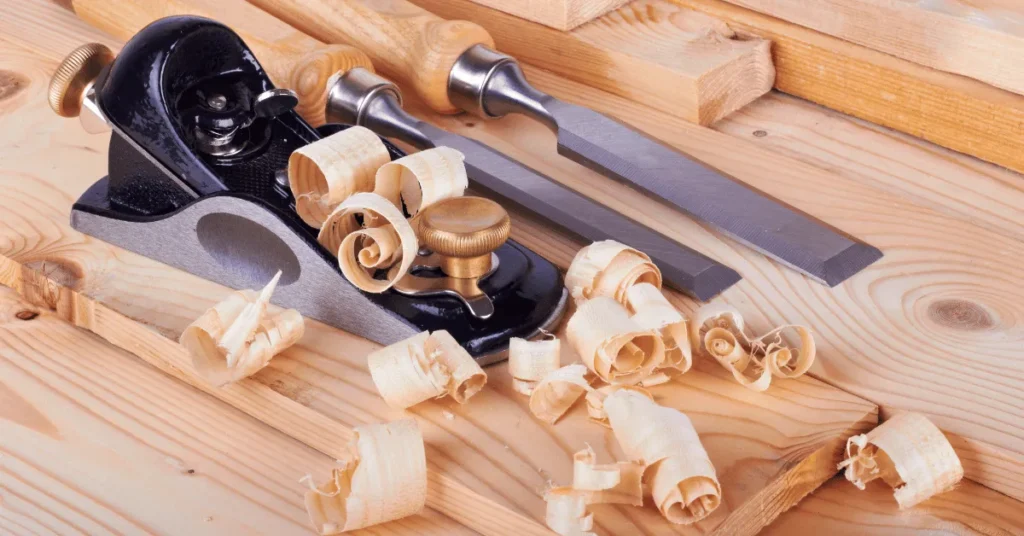
So, you’re not all about that surface planer life, no biggie! Check out these cool alternatives: handheld power planers and trusty hand planes.
Why? Well, they’re the precision players for when you’re dealing with thin plywood or need to nail those intricate woodworking gigs. Plus, you get to boss them around for better control.
Here’s the scoop: If you’re into modern convenience and efficiency, go electric with handheld power planers. But if you’re feeling old-school and hands-on, hand planes are your jam.
Just remember to keep those blades sharp, go with the wood’s flow, and stay safe for woodworking success!
Read More: Can you plane plywood subfloor?
Important FAQs
Surface planers can be used on most types of plywood. However, it is essential to consider the thickness and condition of the plywood, as well as use a sharp planer blade to achieve the best results.
When using a surface planer, always wear appropriate safety gear, such as safety glasses and hearing protection.
Ensure the planer is firmly secured to a stable work surface, and avoid wearing loose clothing that could get caught in the machine.
Yes, handheld power planers can be safe for thin plywood if used carefully. Ensure the planer is set to a shallow depth and use a steady hand to prevent tear-out or damage.
Hand planes are manual tools that provide more hands-on control and are suitable for smaller-scale projects.
They are ideal for achieving a smooth surface on thinner plywood but may require more effort compared to surface planers.
Yes, handheld power planers are versatile and can be used for beveling and edging plywood, making them a handy tool for various woodworking tasks.
Final Thoughts
Alright, here’s the lowdown on plywood planing: Surface planers are the big guns. They’re all about getting you that slick, even surface in record time. Great for those big projects where you need to boss around plywood like a pro.
But hey, watch out for tear-outs and know that they’re not besties with super-thin plywood. Sharp blades, going with the grain, and playing it safe are your key moves.
Now, if you’re into fine-tuning or dealing with delicate plywood, handheld power planers and hand planes are your go-to sidekicks. They’re all about the control, especially for smaller tasks and tight spots.
At the end of the day, pick your planer based on your woodworking gig andhow much control you crave. Safety’s always the name of the game, no matter which tool you choose.
All images in this article are taken from Canva.com
Can You Plane Plywood? (Fully Explained)
“Unlock the Secrets of Plywood Planing: Dive into the comprehensive guide that demystifies the art of planing plywood. Discover essential techniques and expert insights to achieve smooth, professional results. Whether you’re a woodworking enthusiast or a DIY novice, this article is your key to mastering plywood planing. Don’t miss out on the opportunity to elevate your woodworking skills – read on!”


